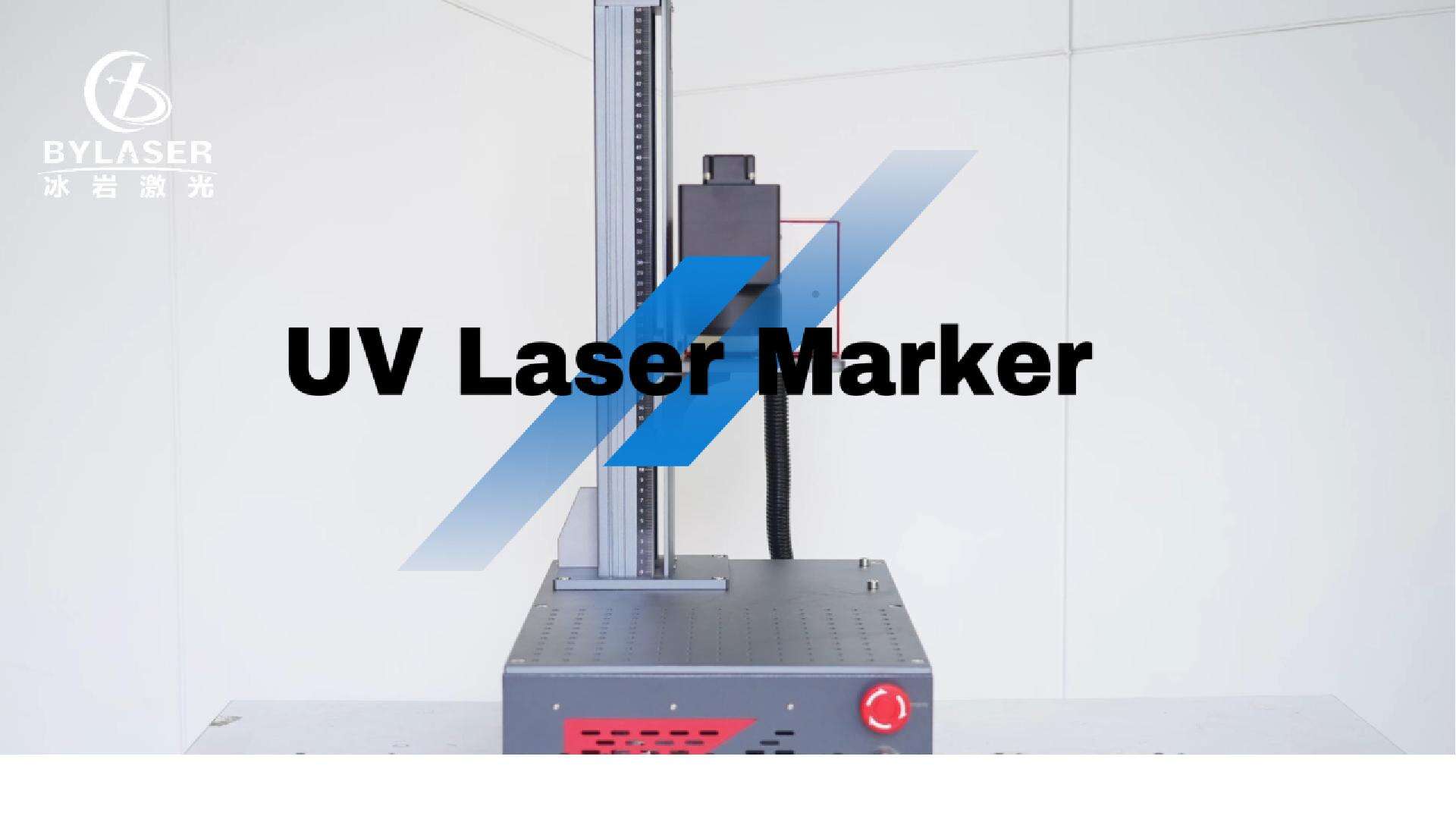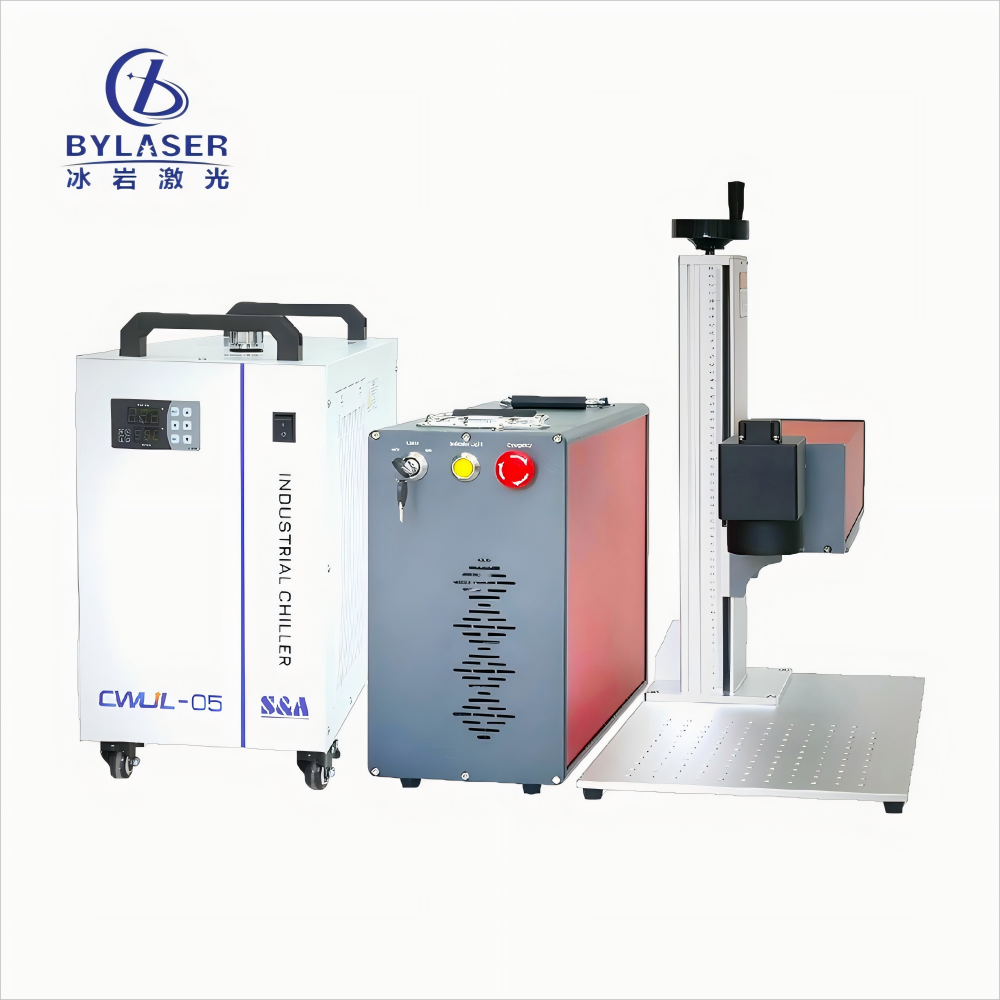The world of industrial marking has evolved significantly with the advent of UV laser marking machine technology. These sophisticated systems represent the pinnacle of precision marking, especially when dealing with sensitive materials and intricate designs. Modern manufacturing demands have made UV laser marking machines indispensable tools for industries ranging from medical device production to advanced electronics manufacturing.
UV laser marking machines operate at wavelengths of 355nm, making them uniquely suited for processing heat-sensitive materials without causing thermal damage. This revolutionary approach to marking has opened new possibilities in product identification, traceability, and decorative applications across various sectors.
The heart of any UV laser marking machine lies in its beam control system. Modern units feature sophisticated optical arrangements that ensure precise energy distribution across the marking surface. This level of control allows for exceptional marking quality, with line widths as fine as 0.1mm and remarkable depth consistency.
Advanced focusing mechanisms and beam shaping technologies enable these machines to maintain consistent mark quality across varying surface geometries. The precision control systems also allow for real-time adjustments, ensuring optimal results even when marking curved or irregular surfaces.
Today's UV laser marking machine platforms come equipped with intuitive software interfaces that simplify operation while providing extensive control over marking parameters. These systems often include libraries of pre-configured settings for common materials, reducing setup time and ensuring consistent results.
The software also enables seamless integration with production line systems, supporting Industry 4.0 initiatives through features like automated data input, real-time process monitoring, and quality control feedback loops.
UV laser marking machines excel in processing delicate materials that traditional marking methods might damage. The cold marking process makes these systems ideal for temperature-sensitive plastics, medical-grade materials, and advanced electronic components.
When marking materials like medical devices or pharmaceutical packaging, UV laser technology ensures compliance with regulatory requirements while maintaining material integrity. The non-contact nature of the process eliminates the risk of contamination, making it particularly valuable in cleanroom environments.
Beyond simple marking, UV laser marking machines offer various surface treatment possibilities. The technology can create subtle color changes, surface texturing, or even subsurface marking in transparent materials. These capabilities enable manufacturers to implement sophisticated anti-counterfeiting features or create decorative effects without compromising material strength.
The ability to control marking depth with microscopic precision allows for the creation of machine-readable codes and human-readable text on the same surface, maximizing the information density while maintaining aesthetic appeal.
Selecting the appropriate power output for a UV laser marking machine requires careful consideration of your specific application requirements. Higher power systems offer faster processing speeds but may not be suitable for all delicate materials. The key is finding the optimal balance between throughput requirements and material sensitivity.
Modern systems typically offer power ranges from 3W to 20W, with variable pulse frequencies that can be fine-tuned for specific applications. This flexibility ensures efficient processing while maintaining marking quality and material integrity.
The physical dimensions of the UV laser marking machine and its working envelope must align with your production environment and material handling needs. Consider factors such as required marking area, material feed mechanisms, and automation integration requirements when selecting a system.
Advanced systems offer modular designs that can be configured for specific applications, from standalone workstations to fully integrated inline solutions. Safety features and environmental controls should also factor into the selection process, especially for cleanroom applications.

To ensure consistent performance and longevity, UV laser marking machines require regular maintenance and calibration. This includes routine cleaning of optical components, verification of alignment, and periodic replacement of consumable parts such as filters and cooling system elements.
Implementing a preventive maintenance schedule helps maximize system uptime and maintain marking quality. Modern systems often include self-diagnostic capabilities that can alert operators to potential issues before they impact production.
While the initial investment in a UV laser marking machine may be significant, the long-term operational costs are often lower than alternative marking technologies. The absence of consumable materials, combined with high energy efficiency and minimal maintenance requirements, results in attractive total cost of ownership.
Consider factors such as power consumption, maintenance intervals, and replacement part costs when evaluating different systems. The increased precision and reduced waste typically associated with UV laser marking can provide additional cost benefits through improved quality and reduced material waste.
UV laser marking machines are particularly effective on a wide range of materials including plastics, glass, ceramics, and sensitive electronic components. They excel at marking materials that are heat-sensitive or require high-precision marking without surface damage.
UV laser marking offers superior precision and minimal heat affect zone compared to traditional laser marking methods. The shorter wavelength allows for finer detail and is especially suited for delicate applications where material integrity is crucial.
Regular maintenance typically includes cleaning optical components, checking cooling systems, and calibrating beam alignment. Most systems require quarterly preventive maintenance, though specific requirements vary based on usage patterns and environmental conditions.
